As the two-year anniversary of the Minsk II agreement passes, the simmering Ukraine-Russia conflict in the Donbas region continues, simmering sometimes at a higher temperature, sometimes at a lower temperature. But the fighting has not definitively stopped. Unfortunately, there is little evidence to suggest improved future prospects for Minsk II’s implementation, primarily because the Kremlin does not seem to want peace.
The United States and Europe need to recognize this if they are to base their policy on a realistic foundation. Their goal needs to be to change Moscow’s calculation.
Minsk II’s sad history
German Chancellor Merkel and French President Hollande brought Ukrainian President Poroshenko and Russian President Putin together in Minsk on February 11 and 12 to hammer out a settlement to end renewed fighting in the Donbas (the first Minsk agreement had clearly failed). The meeting produced a 13-point plan aimed not just at securing a ceasefire but laying out the political steps to end the conflict, promote a return to normalcy, and permit restoration of full Ukrainian sovereignty.
It has not worked. While the ceasefire has held at times, it periodically breaks down as shelling and fighting across the line of contact flare up. That has been the history of the past two years. Both sides have violated the ceasefire. Most analysts and the Organization for Security and Cooperation in Europe monitoring mission, however, fix the bulk of the blame on the Russians and separatists.
If the Kremlin wanted peace…
If the Kremlin wanted to end the fighting, it could do so.
If the Kremlin wanted to end the fighting, it could do so. Russian military officers control most separatist units. The Russians could force any reluctant separatist groups to accept the ceasefire by cutting off the flow of funding, weapons, ammunition, and supplies on which they depend.
Why hasn’t Moscow moved to implement the ceasefire and withdraw heavy weapons away from the line of contact? Doing so would increase the prospects that sanctions on Russia would be lifted and would place Kyiv in a potentially difficult dilemma.
The West’s position currently is that sanctions can be eased only in the event of full Russian implementation of Minsk II. While some wonder if President Trump will alter U.S. sanctions policy, pronouncements from Trump administration officials thus far suggest they will remain in place.
Here is how Moscow might change that. It could make the ceasefire stick and pull back the heavy weapons operated by Russian/separatist forces. If the Kremlin were worried that Kyiv might take military advantage, it could visibly position and reinforce Russian military units on the Russian side of the border with Ukraine. The Ukrainian military would understand that any offensive into the Donbas would trigger the engagement of those units. While the Ukrainian military has improved significantly over the past three years, it cannot go toe-to-toe with its Russian counterpart.
A true ceasefire and withdrawal of weapons would dramatically alter the situation. The focus for Minsk II implementation would shift from Moscow to Kyiv, looking for Ukraine to move forward on political elements of Minsk II—such as decentralization of power, an election law for the occupied part of the Donbas, and special status for that region.
Attitudes in Ukraine toward Russia, the separatists, and Minsk II have hardened over the past two years, understandably given how the conflict has dragged on (the number of dead has nearly reached 10,000). As a consequence, the Poroshenko government would not find it easy to implement Minsk II’s political measures. It is not clear that Poroshenko could secure the 300 votes needed in the Rada (parliament) to pass a constitutional amendment on decentralization. Passing laws on elections and special status could likewise prove very problematic.
If the Ukrainian side could not deliver, the blame for failure to implement Minsk II would shift from Moscow to Kyiv.
If the Ukrainian side could not deliver, the blame for failure to implement Minsk II would shift from Moscow to Kyiv. Kremlin officials could then make a much stronger case for easing the sanctions that have contributed to the stagnant growth of the Russian economy.
So why not?
Why Russia has not pursued this course is difficult to figure out. The Kremlin’s logic is not always easy for Westerners to discern.
Perhaps Moscow worries that Kyiv could deliver and implement the actions that it must take. If all sides fulfilled the Minsk II provisions, a degree of peace and normalcy would return to the Donbas.
And that precisely may be the problem for the Kremlin. A quiet Donbas no longer would serve as a means for Moscow to put pressure on Ukraine, in order to make it more difficult for Poroshenko and his government to implement needed reforms, grow the economy, and implement the Ukraine-European Union association agreement. At present, Russia does not appear prepared or willing to give up that leverage over Kyiv.
The United States and European Union need to understand this and base their policy on the reality that confronts Ukraine. As before, their goal should remain to find ways to change the calculation in the Kremlin, to bring Moscow to understand that its current policy will entail continued and growing costs and that it needs to adopt a different approach.
The Brookings Institution is committed to quality, independence, and impact.
We are supported by a diverse array of funders. In line with our values and policies, each Brookings publication represents the sole views of its author(s).

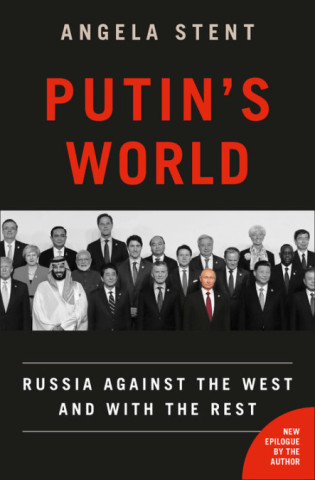
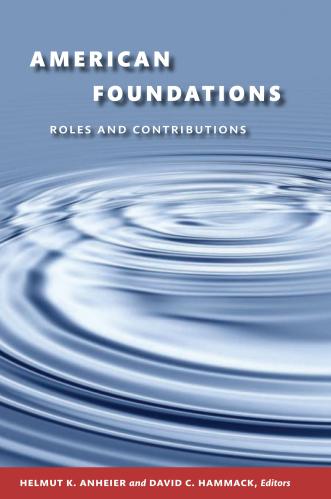
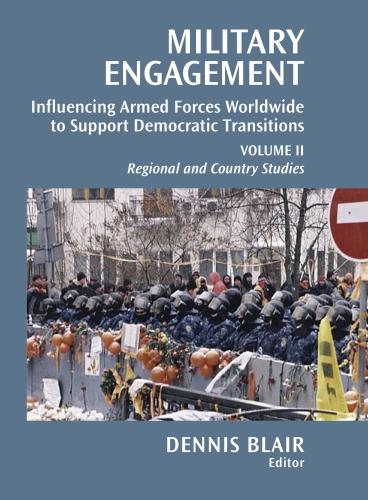
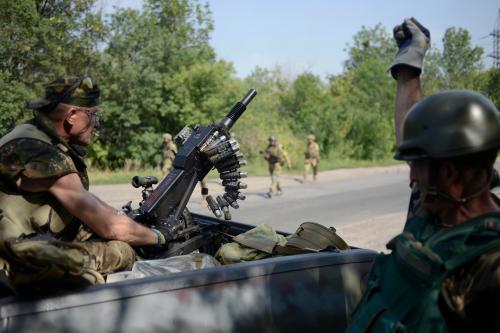
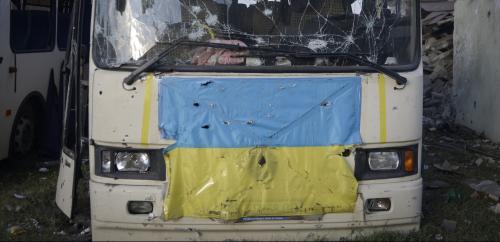
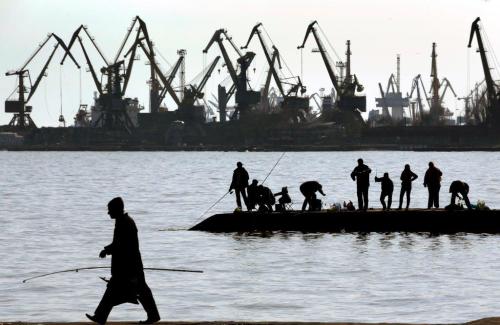

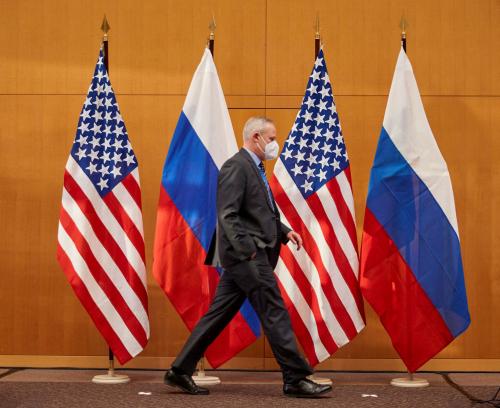
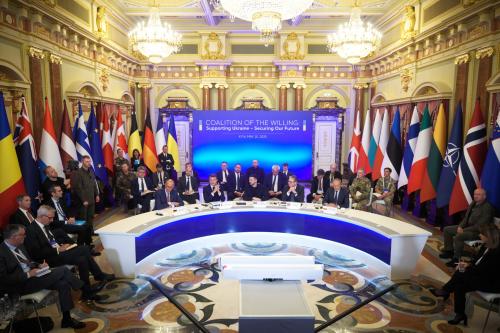
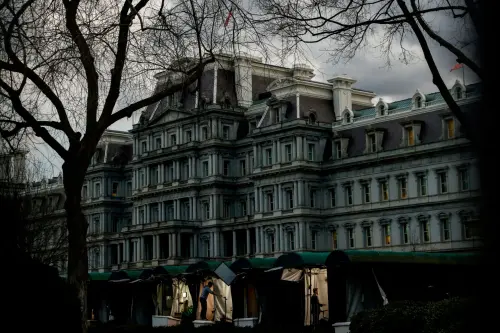
Commentary
Minsk II at two years
February 15, 2017